JS高级-await
异步函数 asyncfunction
- async关键字用于声明一个异步函数:
- async是asynchronous单词的缩写,异步、非同步;
- async是synchronous单词的缩写,同步、同时;
- async异步函数可以有很多中写法:
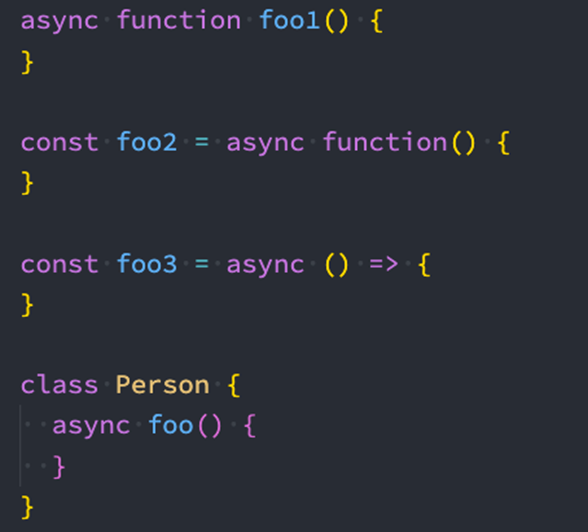
异步函数的执行流程
- 异步函数的内部代码执行过程和普通的函数是一致的,默认情况下也是会被同步执行。
- 异步函数有返回值时,和普通函数会有区别:
- 情况一:异步函数也可以有返回值,但是异步函数的返回值相当于被包裹到Promise.resolve中;
- 情况二:如果我们的异步函数的返回值是Promise,状态由会由Promise决定;
- 情况三:如果我们的异步函数的返回值是一个对象并且实现了thenable,那么会由对象的then方法来决定;
- 如果我们在async中抛出了异常,那么程序它并不会像普通函数一样报错,而是会作为Promise的reject来传递;
异步函数返回值:
1 | async function foo2() { |

1 | async function foo2() { |

1 | async function foo2() { |

await关键字
- async函数另外一个特殊之处就是可以在它内部使用await关键字,而普通函数中是不可以的。
- await关键字有什么特点呢?
- 通常使用await是后面会跟上一个表达式,这个表达式会返回一个Promise;
- 那么await会等到Promise的状态变成fulfilled状态,之后继续执行异步函数;
- 如果await后面是一个普通的值,那么会直接返回这个值;
- 如果await后面是一个thenable的对象,那么会根据对象的then方法调用来决定后续的值;
- 如果await后面的表达式,返回的Promise是reject的状态,那么会将这个reject结果直接作为函数的Promise的reject值;
1 | function requestData(url) { |
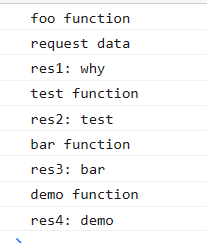
宏任务和微任务
- 但是事件循环中并非只维护着一个队列,事实上是有两个队列:
- 宏任务队列(macrotask queue):ajax、setTimeout、setInterval、DOM监听、UI Rendering等
- 微任务队列(microtask queue):Promise的then回调、 Mutation Observer API、queueMicrotask()等
- 那么事件循环对于两个队列的优先级是怎么样的呢?
- 1.main script中的代码优先执行(编写的顶层script代码);
- 2.在执行任何一个宏任务之前(不是队列,是一个宏任务),都会先查看微任务队列中是否有任务需要执行
- 也就是宏任务执行之前,必须保证微任务队列是空的;
- 如果不为空,那么就优先执行微任务队列中的任务(回调);
1 | console.log("script start") |
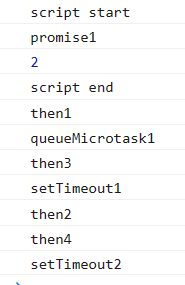
1 | console.log("script start") |
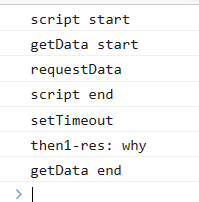
1 | async function async1 () { |
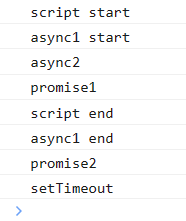
本博客所有文章除特别声明外,均采用 CC BY-NC-SA 4.0 许可协议。转载请注明来自 十一的博客!
评论





